Horn is part of an animal body that makes an animal distinct. There are innumerable types of horns seen among the animals. But all the animal horns aren’t as simple as a bovine horn. There are many spectacular animal horns that’ll blow your mind such as Markhor horn, Antler horn etc.
Also, there are numerous uses of an animal horn in human life. It’s used for household decoration which makes them valuable. Some people spend a good amount of money on horns to decorate their houses.
Quite a few types of animal horns have been lost due to extinction but kept in various museums around the world. Furthermore, some are used as a musical instrument and medicine. Also, some horns are considered to be sacred for religious purposes.
Different Types of Animal Horns
We may not know about all the horn types and the facts related to them as it’ll need extensive knowledge and research to even understand while we want to keep this post for the general audience. So, below we’ll discuss 7 of the most popular types of animal horns which are not only bizarre but also all of them are very different from one-another in characteristics.
Alpine Ibex Horns (70cm – 140 cm)
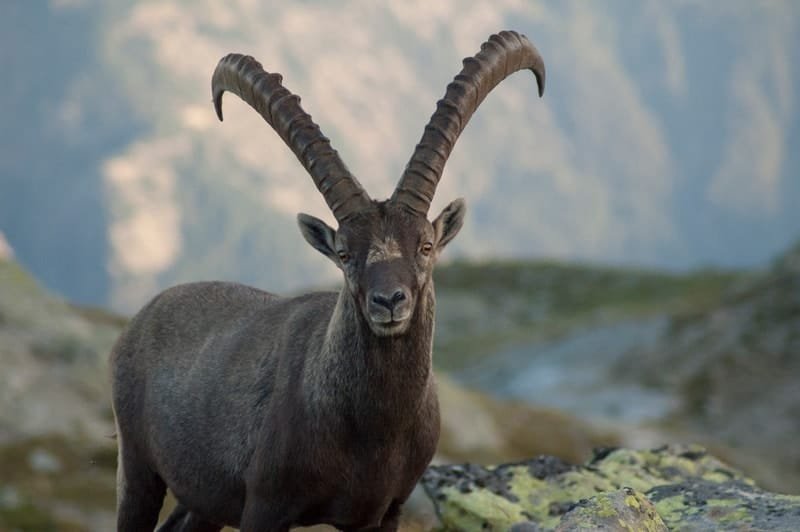
Female horns are somewhat shorter, thinner and curved moderately more backward. They use their horns to defend themselves against predators like wolves, bears, foxes, and lynxes by pointing their horns towards them.
World’s largest animals – Top 10 List
Markhor Horns (160cm)
 Markhor horns are another kind of horn which is corkscrew shaped and has a length of up to 160 cm or 63 inches. Markho is a huge goat that has short feet and broad hooves. Both sexes possess horns but male markhors got larger and somewhat heavier horns( up to 160 cm) then females horns (25cm) and males tend to brawl with each other by pushing& locking their horns.
Markhor horns are another kind of horn which is corkscrew shaped and has a length of up to 160 cm or 63 inches. Markho is a huge goat that has short feet and broad hooves. Both sexes possess horns but male markhors got larger and somewhat heavier horns( up to 160 cm) then females horns (25cm) and males tend to brawl with each other by pushing& locking their horns.
It is equally important to mention that, this type of animal horn has been using in oriental traditional medicines. Besides, the structure and twists of this horn vary from population to population.
Bovine Horns
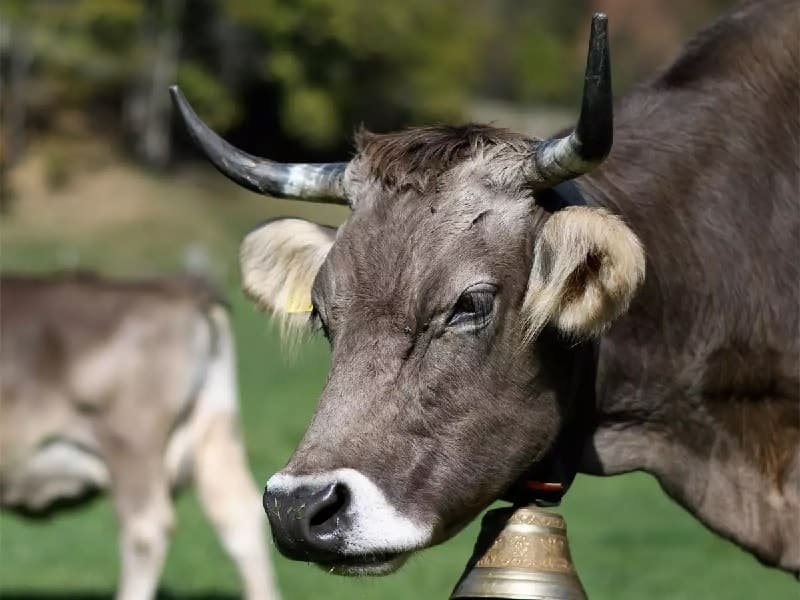
If you’re looking for the true horns in the entire animal kingdom then it is available only in the members of the family Bovidae. Cow, sheep, goat, antelopes and so on are included in this group who have a bovine horn. This animal horn grows from the skull of the animal and is comprised of the same component that makes human nails called keratin. It’s curved and not branched at all.
Male and female animals both possess this bovine horns that are always enlarging without getting shredded.
Antler Horn (86cm – 100cm)
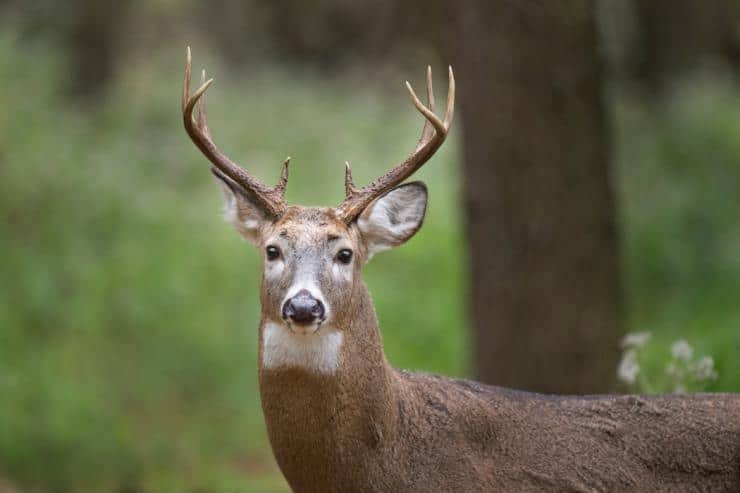
We find antlers in the deer family. Antlers that grow from a deer’s head are made of bones which may look like horns but actually, they are not horns. Though they look similar, there are many facts that distinguish horns and antlers. Firstly, antlers are present in only male animals not in females whereas animal horns are present in both.
But as an exception, Caribou has antlers in both male and female. Secondly, antlers shed away every year and animals regrow a new antler in every mating season whereas horns are everlasting. Antlers are branched as well and they come in many uses such as trophy hunting, dietary usage carving for decoration, ceremonial tools, shed antler hunting amongst others.
Oryx Horns (85cm)
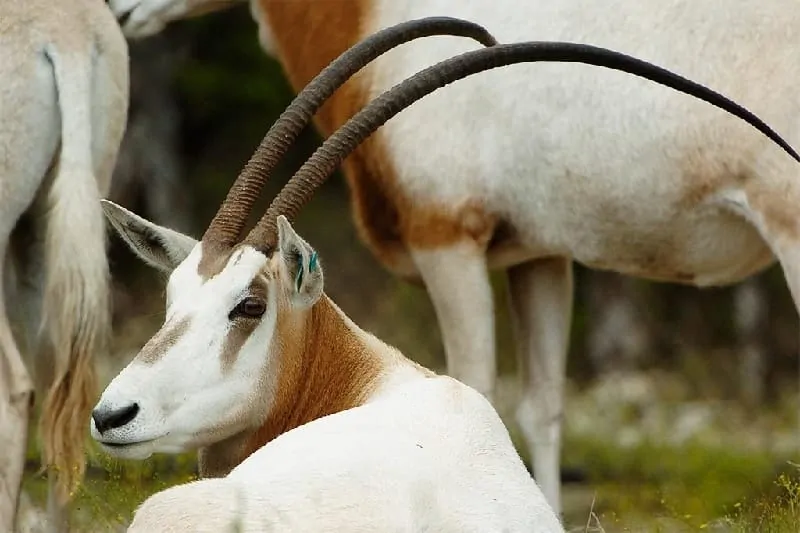 A narrow horn called Oryx horn is almost straight with an exception of scimitar horn which goes backward like a scimitar. A genus called oryx is consist of four big antelope species named oryxes. Both male and female species possess inalterable horns which are being used in female to save themselves & safeguard their children from predators.
A narrow horn called Oryx horn is almost straight with an exception of scimitar horn which goes backward like a scimitar. A genus called oryx is consist of four big antelope species named oryxes. Both male and female species possess inalterable horns which are being used in female to save themselves & safeguard their children from predators.
On the other hand, it’s used in the male for saving another male. This type of animal horn can also be used as a game trophy for which it is almost near to extinction.
Ram Horns
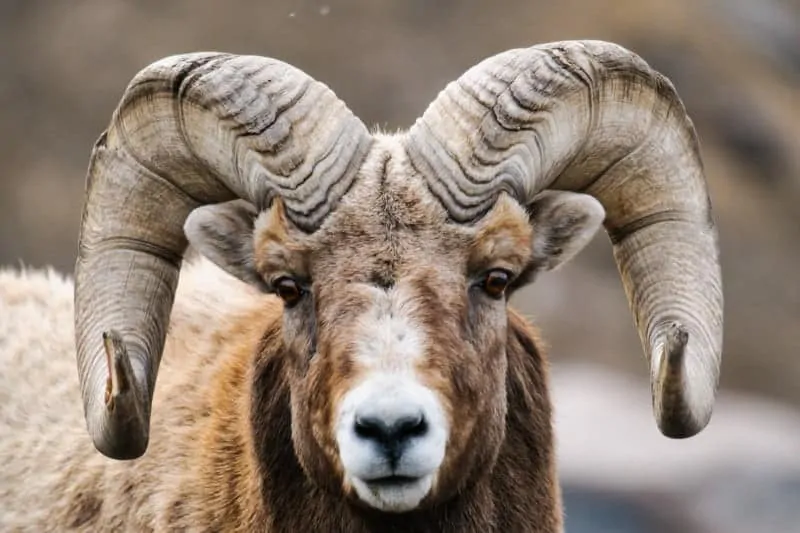
In the first place, we can say ram horn is just an animal horn but we should be aware of the fact that this type of horn is also used in religious purposes as a musical instrument named Shofar. We find this horn in a male bighorn sheep called ram that has a long fur & split hooves. During a fight, they express their exasperation by crushing their horns into each other.
We can notice an odd thing in a ram horn. Larger horns aren’t a blessing for ram because a ram with a larger horn can undoubtedly attract a mate for reproduction easily but it also dies early owing to those large horns.
Pronghorns Horn (12cm – 25cm)
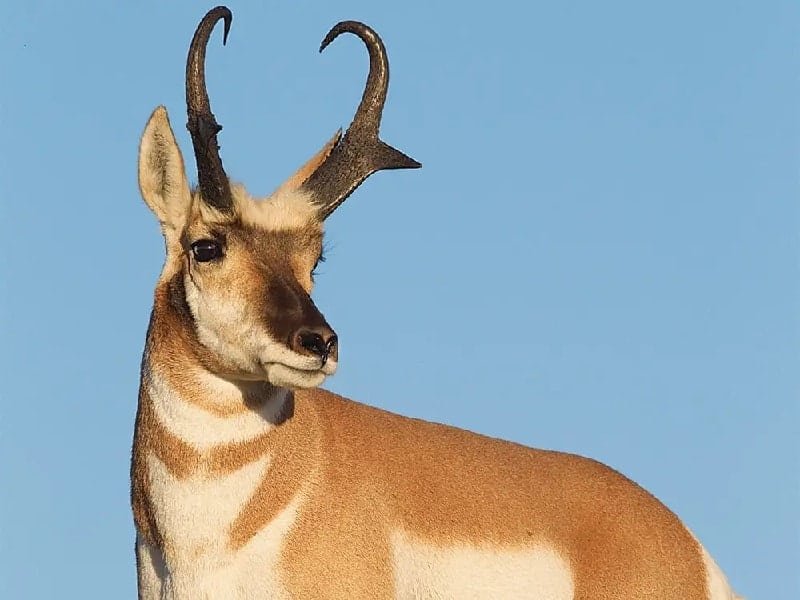
Let’s discuss a unique kind of animal horn! The one and only member of the Antilocapridae family is the Pronghorn. There is a combination of both horn and antlers in the horns of the pronghorn. Each of the horns is branched with 2 prongs and is comprised of the slender, flattened bone blade which grows from skull’s frontal bone and constructing an irreversible core.
What makes pronghorn similar to the horn is its bony cores & keratin sheaths. In contrast to this, a commonality with the antler is that this type of animal horn is temporary and regrows after every time it sheds away.
If you are an animal lover you’ll love these articles too:
Animal horn is an extended part of their body that grows from the head. At first glance, these different types of animal horns may look not so important to many of us while in reality, it’s the difference between life and death to the animal’s life. Animals use their horns to protect themselves from attackers or predators. They can hit their enemy with their horns and keep them safe.
In addition to this, animals use horns in various ways. Sometimes the horns make them look attractive and on the contrary, some make them look scary. But all the horns aren’t permanent. Some of those shed away by the time they grow and then regrow. This process continues during their lifespan.